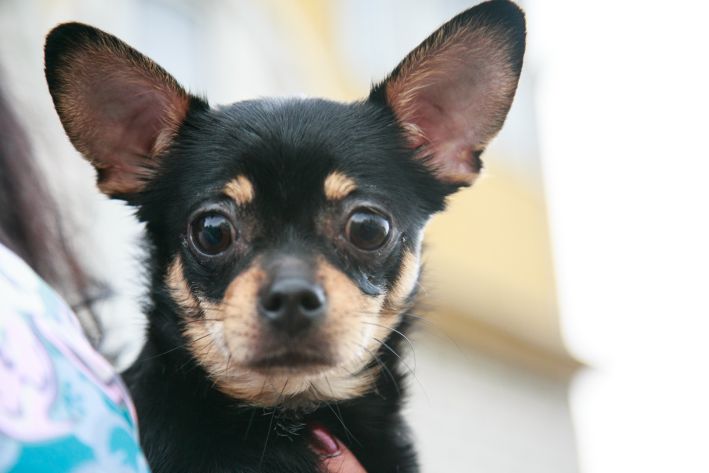Dog Eats Grass on a Walk: Is It Normal or a Reason to Run to the Vet
Grass eating is one of the most mysterious dog behaviors, causing controversy even among veterinarians.
Some consider this to be the norm, others see it as a hidden threat.
Let's figure out why dogs do this, when you should worry, and how to wean your pet off this dangerous habit.
What do scientists say?
A University of California study (2021) found that 68% of dogs eat grass regularly, but only 9% show signs of illness after doing so.
According to the American Veterinary Medical Association (AVMA), the main causes are:

- Physiological: need for fiber, cleansing the stomach of wool or foreign objects.
- Psychological: boredom, stress, copying the behavior of other animals.
- Evolutionary: The ancestors of dogs, wolves, ate grass along with the stomach contents of herbivorous prey. This helped them get vitamins and fiber.
Domestic dogs retain this instinct even if their diet is balanced.
Grasses can be both safe and dangerous for animals. The former include oats, wheat, rye. They are often grown specifically for pets.
The list of dangerous ones includes:
- Couch grass: may contain helminth eggs.
- Buttercup: causes burns to the oral mucosa.
- Euphorbia: causes vomiting and diarrhea.
Remember the typical symptoms of poisoning: vomiting blood or bile, convulsions, unsteady gait, loss of coordination, refusal to drink water or eat for more than 12 hours.
The danger may be caused by pesticides and herbicides used to treat grass along roads or in parks.
The grass is also dangerous because the sharp stems can damage the gastrointestinal tract and contain eggs of worms and protozoa (for example, giardia).
How to combat grass eating
Add pumpkin puree (a source of fiber) or special supplements with psyllium. For dogs that chew grass out of boredom, food with probiotics is suitable.
Practice the "No" command: as soon as the dog bends down to the grass, sternly pronounce the command and tug on the leash. Reward obedience with a treat.
Use puzzle toys: fill Kongs with peanut butter and freeze.
Grow oats or wheat at home - this is a safe source of greens, buy sprouted seeds at pet stores.
Bottom Line: Eating grass is harmless in 80% of cases. But if your dog does it too often or shows signs of illness, see a veterinarian.
